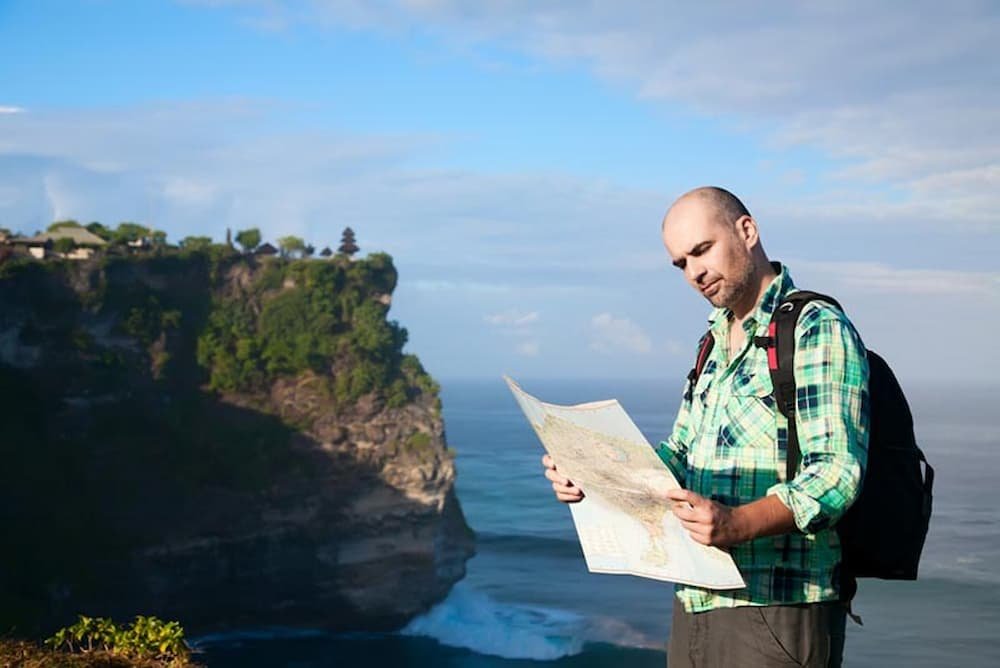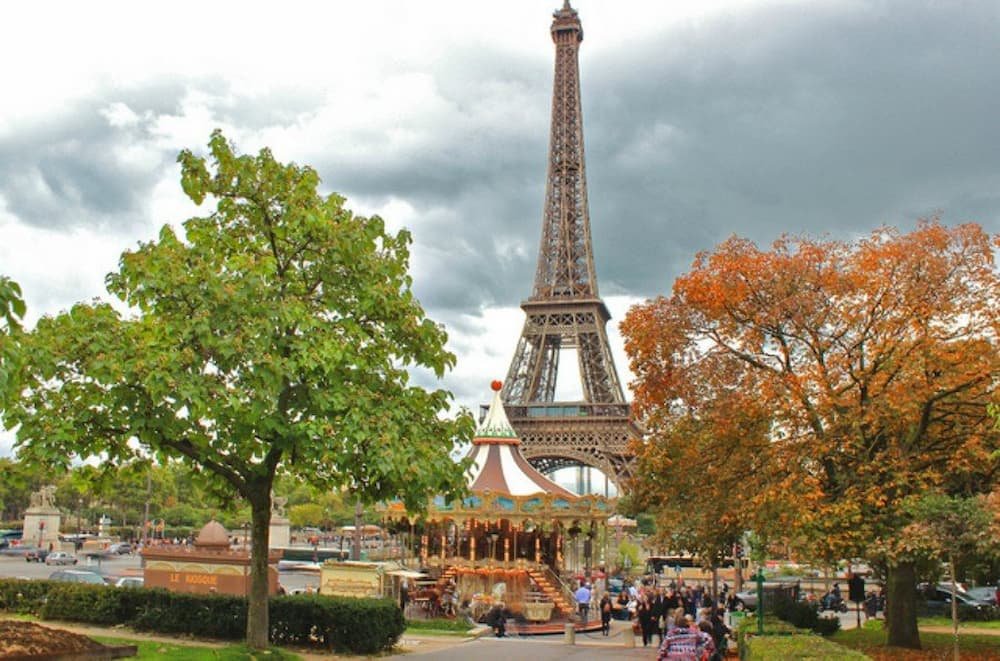Whether you are just starting out traveling or you are a seasoned pro, getting lost while traveling can be scary. Sometimes though, getting lost is the best thing that can happen, because you end up discovering something incredible that you otherwise would not have seen. Regardless of whether getting lost gets your heart racing in a good or a bad way, better to have a plan for when things don’t go as planned, just in case and so that you can prevent getting lost somewhere you maybe shouldn’t be. In this section of Backpacker 101, we give you some tips to prevent getting lost in the first place, as well as what to do when you are lost.
The best way to make sure that you don’t end up somewhere you really don’t want to be is by preparing in advance. If you will have a mobile device with you, download a reliable navigation app or two. See our write-up on Navigation for our recommendations for top apps.
Remember, however, that there may be times when your device won’t be functioning properly. Either the battery dies, the satellite connection is down, or maybe you just aren’t in the kind of place that you should whip out a phone. Whatever the reason, it is a good idea to be prepared with some sort of non-electronic version of directions. Take a minute to look at the directions before you leave your origin. Take a few notes to carry along, so you can jog your memory a bit and stay on track.

One great idea is to print out a map of the area you are in before you even leave for your trip, or when the opportunity arises, so you can carry it around with you and mark important places or routes. Before you leave your accommodation, have reception mark the place on your map, so you always know where it is and carry the address with you, either on a business card or written down somewhere. This is probably the most important thing you need to have in your pocket when you set out.
Finally, and this goes to a point we mention below, be prepared with some local cash in your pocket, in case you need to grab a taxi or a bus. Don’t just carry your card or money from home around with you, make sure you always have a reasonable amount of local currency as well.
So, you prepared yourself as best you could, but you somehow still find yourself walking around in circles or totally unable to identify where you are on a map. What do you do now? The first thing to do is not panic. Remember that there are often many good sides to getting lost! If that doesn’t calm you, you should still take a deep breath, because there are ways to fix the situation. We have you covered with a list of options below.
First and foremost, stop wandering, unless you are enjoying being lost! Continuing to move can often time only exaggerate the problem. Find a good place to go off to the side and take a second to collect your thoughts.

If you have a functioning mobile device, put the apps you downloaded to work and plug in your desired address. This is by far the easiest way to get yourself un-lost! These apps will show you the exact route to take to get back on track and can usually talk you through it, so you don’t feel so alone!
The first thing to do if you don’t have an electronic device or it isn’t a great place to be using a flashy device is to try to retrace your steps. Look around and see if you recognize anything that jogs your memory about where you came from. If one thing looks familiar, go towards it. When there, try to find another familiar object or building and continue towards it and so on and so on until you make your way to a more familiar area.
Can’t recognize anything familiar or are you second-guessing yourself? One of the best options, if you are totally lost, is to find a hotel to go into and ask for directions. The bigger the better, as larger hotels are more likely to have someone who speaks English. Ask the person at the front desk of the hotel for directions. Helping tourists is in their job description and they will likely be more than happy to help and equally as knowledgeable.

This advice can also apply to restaurants, cafes, or other shops, but hotels are most likely to have knowledgeable people behind the desk.

Particularly in cities, you will often be able to see noticeable landmarks from quite a distance. Find one and then find it on your map. You can usually orient yourself in relation to major landmarks, which, unlike particular addresses or hotels, are certain to be on the map you are carrying around. Even better, if you can get yourself to a major landmark, you are certain to find knowledgeable people who you can ask how to get where you want to go.
Especially when in more sketchy areas, it is often best to try to blend in as much as possible. Don’t walk around flashing expensive jewelry or electronics or speaking loudly in a foreign language (foreign to the locals, that is). Do your best to look confident, even if you have no clue where you are going. This is one reason pulling yourself off to the side and taking some time to collect your thoughts, without panicking is important. Once you have thought out a plan, walk with a purpose in following it. Have confidence that you will find where you need to go and you will be more likely to get where you need to be. Don’t draw unnecessary attention to yourself by discussing how you are lost or telling everyone you see that you don’t know where you are going.

While public transport can often be more confusing than walking, bus drivers, subway employees, and train conductors can be great resources and can point you in the right direction or even take you there. Public transport can also be one of the most fun and “real” experiences you will have in a new country. This is one of the reasons it is a good idea to always have local currency in your pocket or purse.
